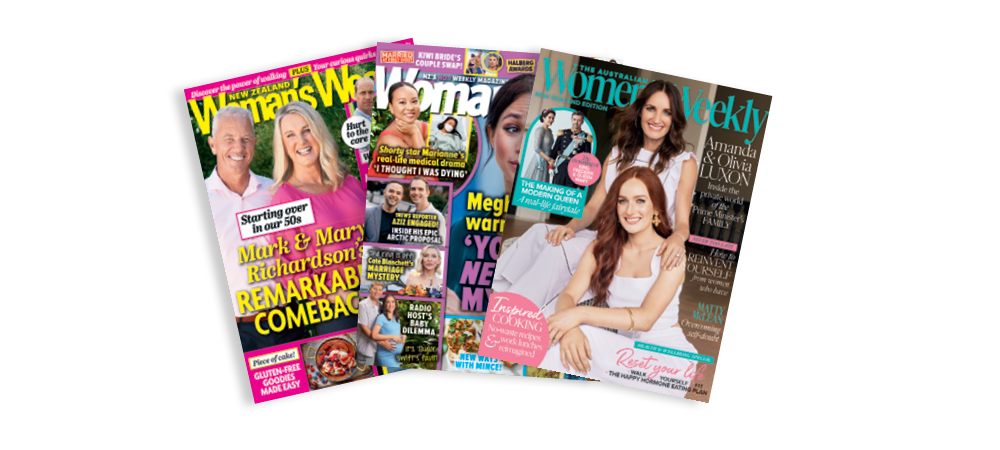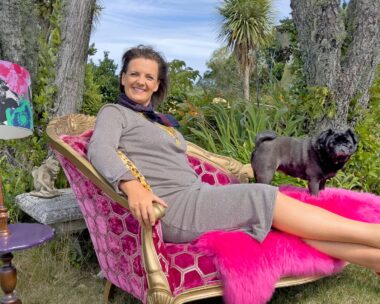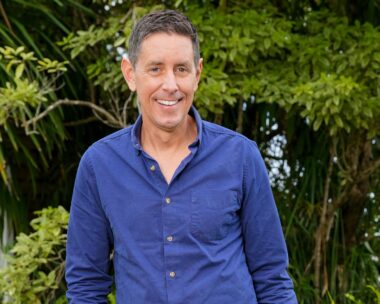Over the past year, Joy Reid’s three children would frequently ask her the same question with slight trepidation: “How would you rate today out of 10, Mum?” – with one being the worst. A six was a good day. But she was usually at a three.
“On the very bad days, they didn’t even ask because we wouldn’t be having a conversation,” says Joy.
“Some days, I couldn’t interact with them very easily. The rating system helped them understand me better. They knew that anything below a three wasn’t the day to expect Mum to tuck them into bed.”
In 2022, life changed for Joy when she was began experiencing symptoms of long Covid.

The upbeat television journalist went from thriving on the high-pressured and fast-paced nature of reporting on daily news, to being couch-bound in her Christchurch home and unable to engage with the outside world.
At her lowest point, the 39-year-old felt hopeless and couldn’t envisage ever being well again or back onscreen. However, after making some progress on a nutrition plan, Joy’s turned a big corner in the last few weeks since undertaking an alternative therapy.
She doesn’t want to name the treatment. However, she describes its mind/body approach as working on the neuro-plasticity of the brain to retrain and calm the nervous system.
And the change has been dramatic. Her debilitating days-long headaches are gone, the kids have stopped asking for her day’s rating, the three-hour naps have been dropped and Joy is no longer using a wheelchair.
Despite the improvements, Joy’s made the tough decision to resign from her much-loved role on One News. She has spent the past 15 years with the broadcaster.
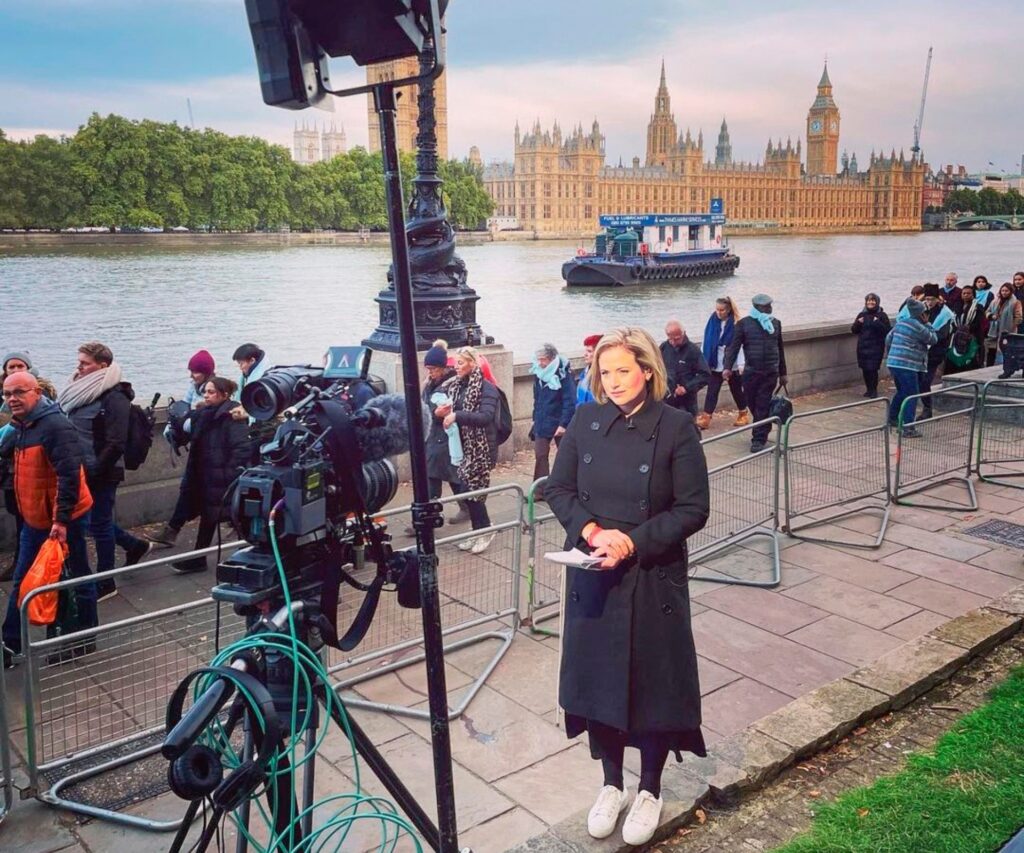
“I knew late last year that it was completely unrealistic to expect to go back to work,” she explains. “I had previously thought that I might be able to go back for two hours a day. But then I’d have an internal panic… ‘What if the newsroom is too loud and there’s multiple phones ringing and I forget an important fact?’ or, ‘What if a breaking news story causes an adrenaline rush or a fight/flight response?’
“My whole aim in my healing journey is to keep my nervous system calm. So going back to work was not a healthy use of the energy I was regaining. I needed to keep that energy for emergencies at home.
“I’ve had over a year in a bubble and it’s not until your health disappears or is threatened that you realise what’s important in life. And my family is at the top of that list.
“They have sacrificed so much,” says Joy, her voice filled with emotion.
“Now that I’m starting to come back out into the world, it’s been an opportunity to ask the bigger questions. Like, ‘What do I want my life to look like going forward?’ And, at the moment, the only answer is to be an active and functioning mother, because I haven’t been.”
Supportive husband Geoffrey, 39, took over the heavy load of parenting their children Jonathan, 10, Stella, eight, and three-year-old Annabelle.

Joy shares he has a level of empathy that’s extraordinary due to experiencing chronic fatigue syndrome himself eight years ago.
“It’s pretty unlucky that we’ve both gone through this,” she says. “We learned to take all expectations off and focus on surviving. Groceries got delivered and canned spaghetti became a regular meal.”
Joy also had help from her parents, while her in-laws would fly down from Auckland once a month too. The decision to purchase a wheelchair came late last year when she was otherwise trapped at home.
“I could drive down the road, but I couldn’t walk anywhere. My daughter Stella does Irish dancing and she would have these performances in a park. I couldn’t even make the 100 metres from the carpark to the field to watch her.
“Or one day, when she asked to go shopping, I said I just wouldn’t be able to walk or cope in a mall. So we decided we would go to The Warehouse. I’d park in the disabled carpark (with my permit) and she’d push me up and down the aisles in the wheelchair, which we did for over an hour
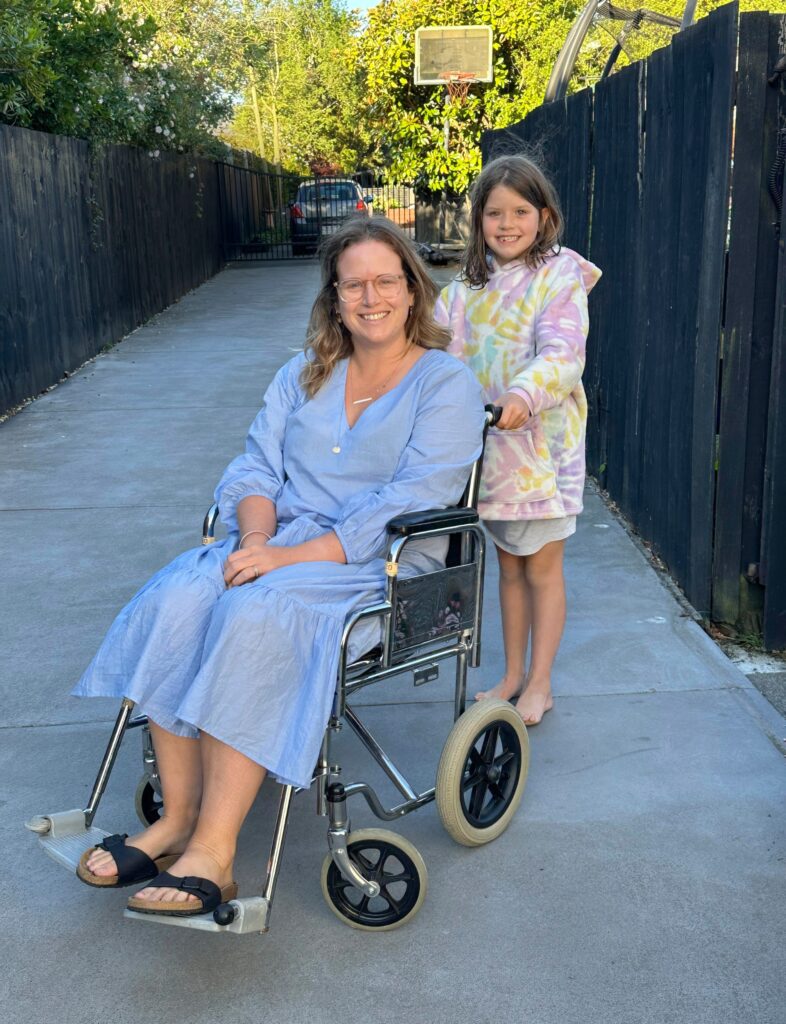
“I also noticed that when I was in the wheelchair, people spoke to me differently, which I found really confronting and I got a different view as to how people with disabilities live.”
The self-confessed go-getter first contracted Covid in May 2022. Life was busy juggling three young children, working 20 hours a week at TVNZ and another 20 hours a week as chief executive of her charity One Mother to Another, which supports parents in hospital with sick children.
She took a fortnight to recover, but months later symptoms started to escalate. Exhaustion came first, followed by severely low blood pressure and a racing heart.
“I ignored them because Annabelle was only a year old. There was a lot of sleeplessness. She slept in a pram beside our bed, waking regularly through the night. I was back at work and running on empty.
“I also had undiagnosed coeliac disease [an immune reaction to eating gluten]. My run-down body was rife for infection to go through!”
Joy was covering the devastation of Cyclone Gabrielle when her brain seemed to stop working.
“It felt like it was filled with sludge. Or I’d do something like hang washing out and it was so hard to even lift my arms above my head as it’d make my heart race. Then I’d have a crushing fatigue and would have to sit down for the rest of the day.”

Joy developed postural orthostatic tachycardia syndrome (light-headedness when you stand up) and was eventually diagnosed with long Covid almost a year after the initial infection. As sufferers will attest, treatments for the post-viral syndrome remain limited, and recovery is slow and unpredictable.
Joy recalls people laughing in response to her telling them she has long Covid. Then there were the vocal sceptics, who said, “It’s all in your head!” But she’s found solace in her faith, and through connecting with other patients and online support groups.
“I came to realise, while I couldn’t control my pace of recovery, I could try to control my attitude. It’s been a humbling experience.
“The old Joy never sat still. I had to learn to accept help – not something I’ve traditionally been good at as I was always the helper.”
She fears New Zealand is still yet to discover the true toll of long Covid and its pervasiveness.
“Obviously, as a journalist I love to research and from what I’ve read in international studies. The most common group to get long Covid are women aged between 35 to 50 years.

“I feel there are so many out there who are keeping quiet. In America, they call sufferers the ‘missing millions’ and I think that’s the most apt way to describe it because you just disappear from life.
“Even a friend popping by for 15 minutes would invoke a level of fear because it meant I had to have a conversation and that would drain me.
“I was too sick to realise how isolated I was. I was so numb… It was about surviving every hour. I felt very lucky that I had children and a husband to distract me, because I remember connecting with lots of women who lived on their own and thinking, ‘That would be so hard.’”
As TVNZ’s former Europe correspondent, Joy has covered royal weddings, Queen Elizabeth’s funeral and celebrity sit-downs with people like Cher. But it was the February 2011 Christchurch earthquake, when she was reporting live to a horrified nation, that Joy learned some tools which has since proved helpful with her health battles.
The impact of the quakes left the journalist suffering from such severe post-traumatic stress disorder that she couldn’t even walk to the letterbox.

“The best thing I learned was to overcome the fear of counselling and understand the value of it. I’ve now had quite a lot of professional counselling through this long Covid process. It has helped me grieve and comprehend what I’ve lost.”
When the Weekly first contacted Joy last July asking her to share her journey, she lamented not having a happy ending for her story. She told us, “I want a happy ending so badly, but it just seems so far away right now.”
Today, she’s quick to add that she’s not there yet. However, there is finally hope she will get it one day.
On the morning of our interview, during the school holidays, Joy has already played a board game (sans the noise-cancelling headphones that have been her constant companion) and has been for a 15-minute walk downhill with son Jonathan to sit on park swings.
“My children have started to dream again about things they can do with Mum. Jono suggested we do the City2Surf run together,” she laughs. “But I reminded him that might be aiming a bit too high. I can’t even jog for 100 metres yet!”
By vulnerably sharing her story and raising awareness of the “silent realities” of long Covid, Joy hopes it will mean her journey wasn’t for nothing.
“There were times last year when I would have settled for having a 50 percent life because I was so sick of living in a 25 percent life. But now I’m at about 70 percent and I’m aiming for 100, baby!”
Help is here
For more info, visit:
- Long Covid Programme: health.govt.nz
- Long Covid Support Aotearoa: longcovidsupport.co.nz
- A Long Covid resource funded by Te Whatu Ora and produced by ME Support: mesupport.org.nz
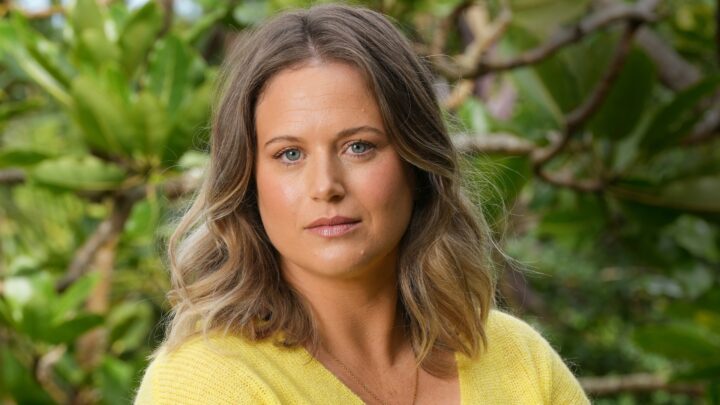 Photos: Robert Trathen
Photos: Robert Trathen
